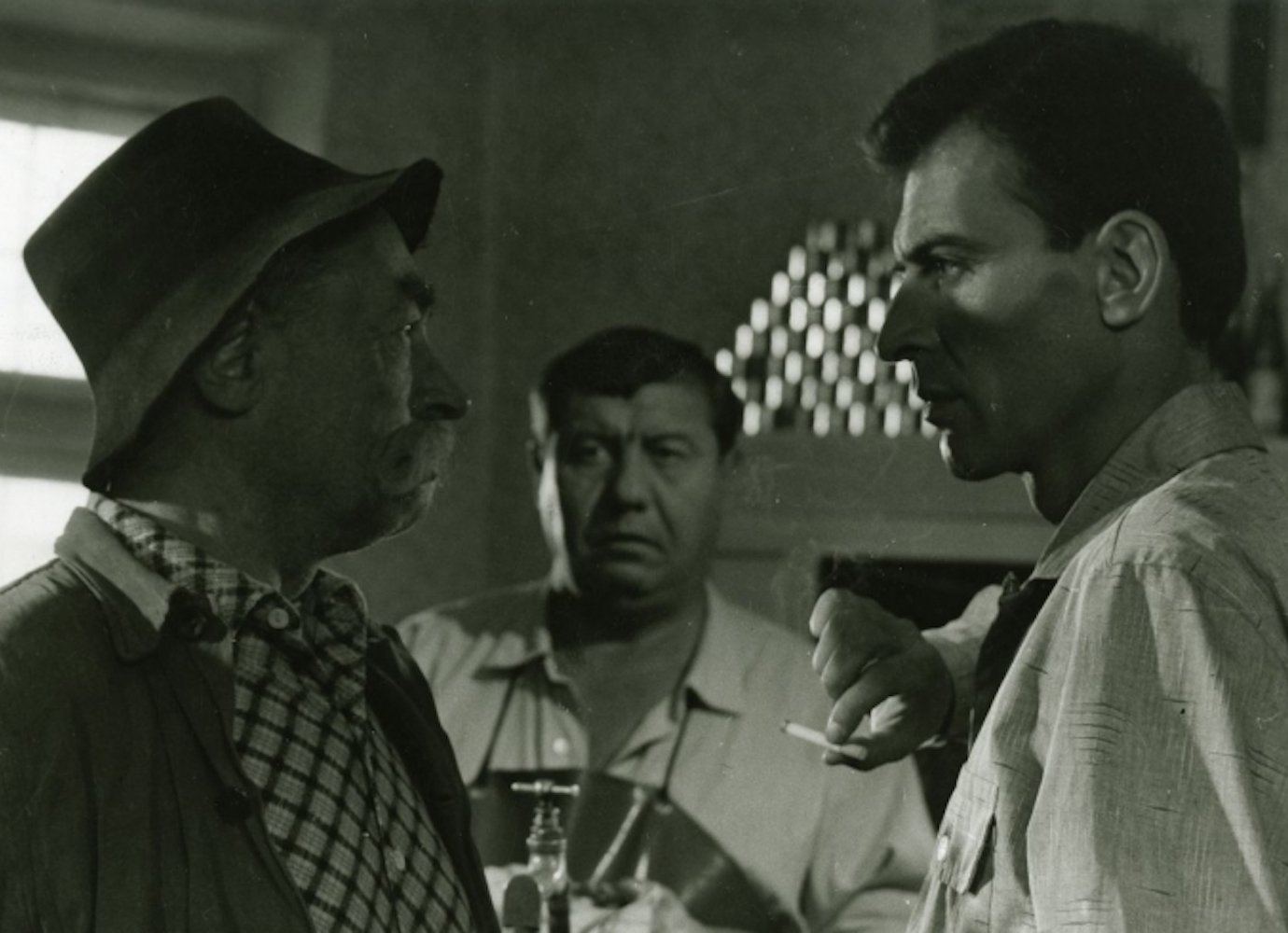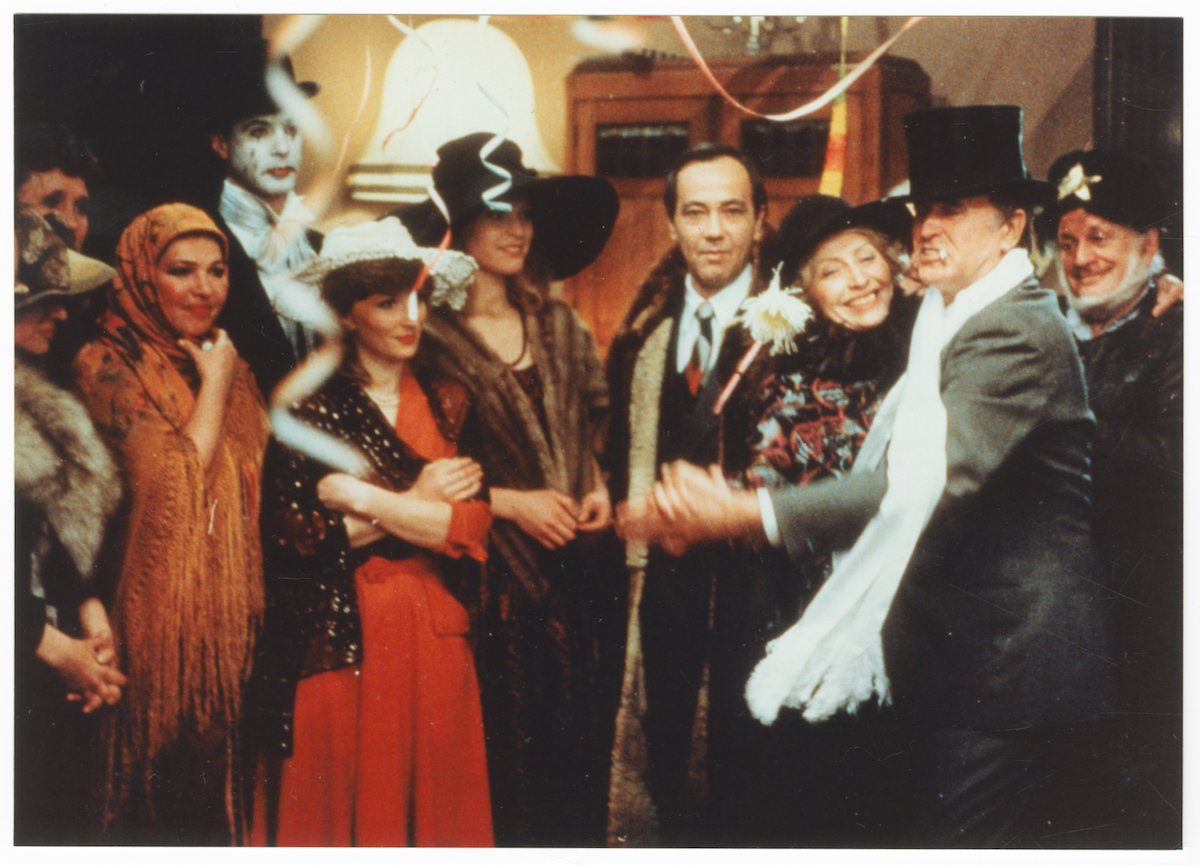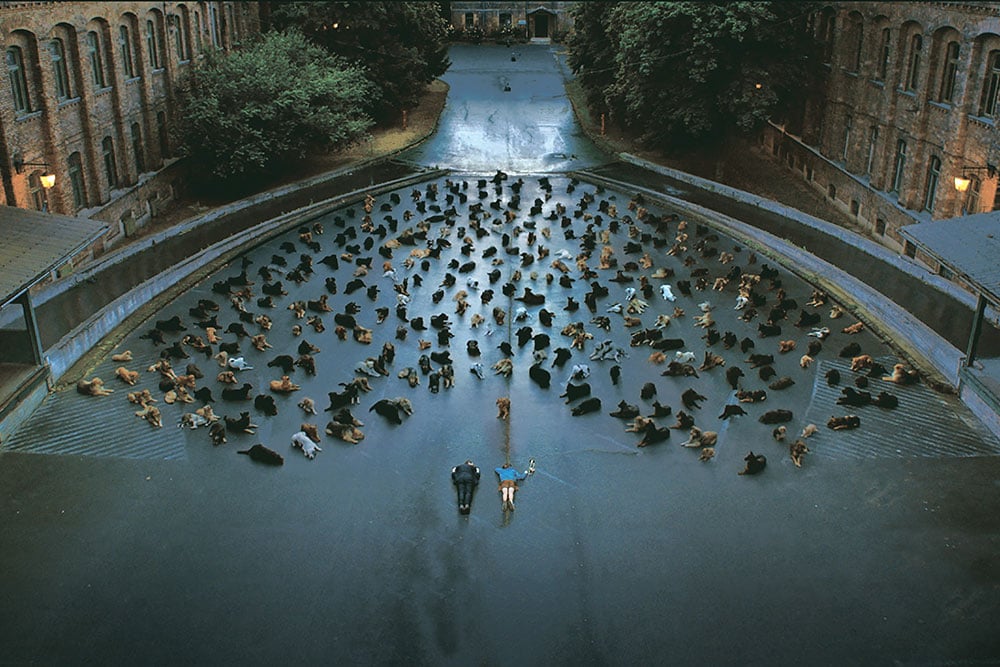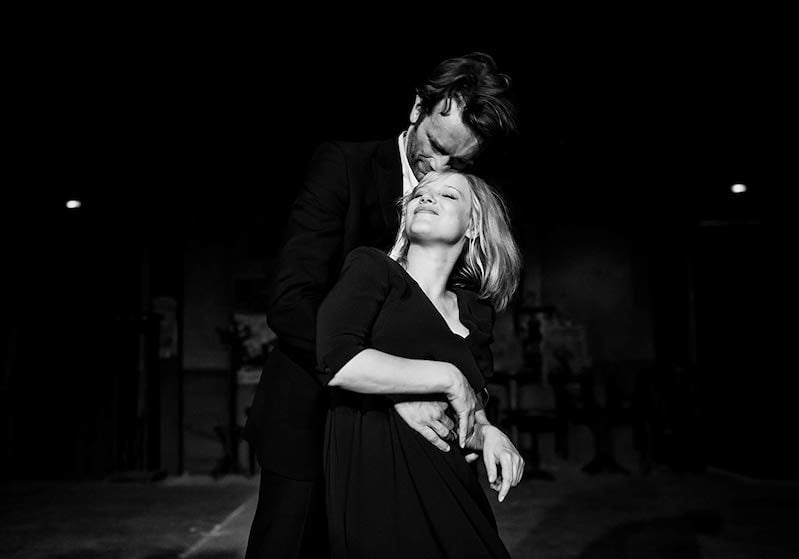Catch up with these Hungarian classics available to watch online

As cinemas around the world remain closed, a new wave of online streaming options continue to emerge. And, while it’s important to stay up to date with new releases, self-isolation is also a great opportunity to revisit the classics. Including literary adaptations, restored classics, animated films, and contemporary features, the Hungarian National Film Institute has released a list of 38 Hungarian classics available to watch online for free with English subtitles.
The films shows how Hungarian filmmakers have used cinema as a subtle medium to reflect on history and protest against power over the past 100 years. Here are a few not to miss.
Twenty Hours
(1965, dir. Zoltán Fábri)
Image: still from Twenty Hours, dir. Zoltán Fábri (1965)
One of the first Hungarian films to confront the communist totalitarianism of the 1940s and 1950s, Twenty Hours portrays the Soviet invasion of Hungary in 1956. Written and directed by Zóltan Fábri, one of Hungary’s most prolific 20th-century filmmakers, this political drama follows a young journalist investigating the murder of an agricultural farm employee. Initially critical of the communist invaders, the film later espouses the virtues of the social changes implemented by the regime — perhaps a reflection of Fábri’s favourable relationship with the communist government at the time.
The Boys of Paul Street
(1968, dir. Zoltán Fábri)
Image: still from The Boys of Paul Street, dir. Zoltán Fábri (1968)
Based on the 1906 novel of the same name by Ferenc Molnár, The Boys of Paul Street is the acclaimed screen adaptation of one of the most iconic books in contemporary Hungarian history. Set in turn-of-the-century Budapest, in the monumental Józsefváros district, The Boys of Paul Street follows a gang of kids who find the cherished turf that they refer to as their “homeland” is under assault from rivals. A timeless coming-of-age story, The Boys of Paul Street is a vivid portrayal of flourishing pre-war Budapest, and a universal ode to the trials and tribulations of growing up.
Diary for My Children
(1983, dir. Márta Mészáros)
Still from Diary for My Children, dir. Márta Mészáros (1968)
Followed by Diary for My Loves (1986) and Diary for My Father and Mother (1990), the first film of the trilogy by acclaimed Hungarian director Marta Mészáros is one of her most politically explicit films, and a paramount portrayal of life in Hungary during the communist era.
In a move considered highly provocative at the time, Mészáros draws on her search for roots and the traumatic upheavals that her family underwent during Stalin’s regime. Born in Budapest, she spent her early childhood in Soviet Kyrgyzstan. After her mother died and her sculptor father was arrested and executed by the secret police, Mészáros was raised by a foster parent. The film won Mészáros the Grand Prix prize at Cannes Film Festival in 1984, making her one of the most prominent female directors in Europe at the time. She was also the first woman to win the Berlinale’s Golden Bear with her 1975’s film, Adoption.
In the second and third parts of her trilogy, also available to stream online, Mészáros reconstructs the post-war Stalinist period and the political trials that shook Hungary in the 1950s. Praised by her outstanding combination of fact and fiction, her films dramatise authentic life with archival footage, which makes her work a timeless, vivid legacy of Hungary’s turbulent 20th century.
The Little Fox (Vuk)
(1981, dir. Attila Dargay)
Image: still from The Little Fox, dir. Attila Dargay (1981)
While the 1950s and 60s are considered to be the golden age of Hungarian cinema, the 1980s marked the pinnacle of animation. The appearance of new technologies led to the rise of new forms of graphic representation, allowing filmmakers to experiment with bold new uses of irony and allegory to portray the socialist government.
From this period emerged Vuk, a film by the acclaimed Hungarian comic artist and animator. Attila Dargay. Based on a 1965 Hungarian children’s novel by István Fekete, the film follows the footsteps of a little fox called Vuk, who loses his family to the brutality of a human hunter. Through brilliant dialogues and implicit political references, this seemingly innocent but thought-provoking cartoon touches on themes of human nature, rebellion, and submission, which were highly relevant in Hungary at the time of its release.
Sweet Emma, Dear Böbe
(1991, dir. István Szabó)
Still from Sweet Emma, Dear Böbe, dir. István Szabó (1991)
Winner of the Silver Bear at the 1992 Berlinale, this film by acclaimed director István Szabó provides a bittersweet portrayal of Hungary during the turbulent 90s.
The film’s protagonists, Böbe and Emma, are two young women who used to teach Russian to primary school students. That is, until the fall of communism meant it was no longer a compulsory subject. With the vain hope of enjoying the social status they had during the old regime, the two anti heroes try to requalify as English teachers, but struggle to even stay ahead of their pupils, while their private lives also fall apart.
Softening scenes of harsh reality with hints of gentle humour, Szabó’s brilliant tragicomedy is a must watch to understand the economic, social, and moral complexities of Hungarian society at the end of the 20th century.


